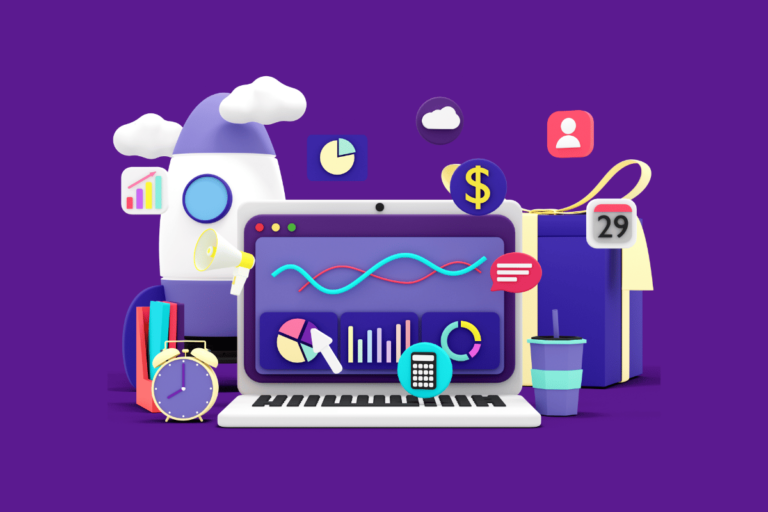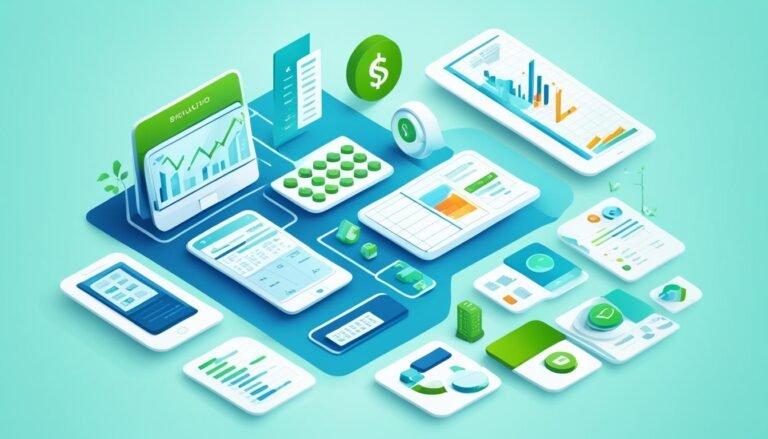What Is Dynamic Pricing
Are you tired of paying different prices for the same product or service? Well, you’re not alone. In fact, did you know that 35% of consumers feel frustrated when they encounter price discrepancies?
That’s where dynamic pricing comes in. By using real-time data and analytics, businesses can adjust prices based on factors like demand, competition, and customer behavior.
In this article, we’ll dive into the world of dynamic pricing, exploring its basics, influencing factors, strategies, and the future it holds.
Key Takeaways
- Dynamic pricing adjusts prices in real-time based on factors like demand, competition, and customer behavior.
- Dynamic pricing optimizes pricing strategy and maximizes revenue.
- Technological advancements, like e-commerce platforms and advanced analytics tools, enable businesses to collect and analyze real-time data.
- Understanding consumer response to price changes is crucial for setting optimal prices.
The Basics of Dynamic Pricing
If you want to understand dynamic pricing, you need to grasp the basics. Dynamic pricing is a pricing strategy that adjusts prices in real time based on various factors such as demand, competition, and customer behavior. This approach allows businesses to optimize their pricing strategy and maximize revenue.
One aspect of dynamic pricing is real-time pricing. This means that prices are constantly updated to reflect changes in market conditions. For example, if there’s high demand for a product, the price may increase to capitalize on the increased willingness to pay. On the other hand, if demand is low, the price may decrease to stimulate sales. Real-time pricing enables businesses to respond quickly to market fluctuations and stay competitive.
Another aspect of dynamic pricing is personalized pricing. This involves tailoring prices to individual customers based on their preferences, purchasing history, and other relevant data. By analyzing customer data, businesses can determine the optimal price for each customer, maximizing the chances of a sale. Personalized pricing creates a sense of exclusivity and encourages customer loyalty.
Factors Influencing Dynamic Pricing
To effectively implement dynamic pricing, you must consider various factors that influence the strategy’s effectiveness and success.
Two key factors that significantly impact dynamic pricing are consumer behavior and technological advancements.
Consumer behavior plays a crucial role in determining the success of dynamic pricing strategies. Understanding how consumers respond to price changes is essential for setting optimal prices. Factors such as price sensitivity, demand elasticity, and purchasing patterns can greatly affect the effectiveness of dynamic pricing. For example, if consumers are highly price-sensitive and tend to switch to competitors when prices increase, implementing dynamic pricing may result in lower sales and profitability.
Technological advancements also play a vital role in the success of dynamic pricing strategies. With the advent of e-commerce platforms and advanced analytics tools, businesses can now collect and analyze vast amounts of data in real-time. This enables them to accurately track consumer preferences, market trends, and competitor pricing strategies. Additionally, advancements in machine learning and artificial intelligence have made it possible to develop sophisticated pricing algorithms that can quickly adapt to changing market conditions and consumer behavior.
Benefits and Challenges of Dynamic Pricing
When implementing dynamic pricing, you can expect to experience both benefits and challenges throughout the process.
Advantages of implementing dynamic pricing include:
-
Increased revenue: Dynamic pricing allows businesses to maximize their revenue by adjusting prices in real-time based on factors such as demand, competition, and customer behavior. This flexibility enables companies to capture additional value from their products or services.
-
Improved customer satisfaction: By offering personalized and competitive prices, dynamic pricing can enhance the customer experience. Customers feel valued when they receive fair and tailored pricing, leading to increased loyalty and repeat purchases.
-
Efficient inventory management: Dynamic pricing helps businesses optimize their inventory by aligning pricing with demand fluctuations. By adjusting prices, companies can stimulate demand for slow-moving products or manage inventory levels during peak periods.
-
Competitive advantage: Implementing dynamic pricing can give businesses a competitive edge by allowing them to respond quickly to market changes and outmaneuver competitors. This strategy enables companies to stay ahead in an increasingly dynamic and competitive market.
However, there are also ethical considerations in dynamic pricing decisions. Some challenges include:
-
Price discrimination: Dynamic pricing can lead to price discrimination, where different customers are charged different prices based on their willingness to pay. This practice can be seen as unfair and can harm customer trust and loyalty.
-
Transparency: Transparent communication about dynamic pricing strategies is crucial to maintain customer trust. Lack of transparency can create confusion and lead to negative customer perceptions of a company’s pricing practices.
-
Algorithmic bias: Dynamic pricing systems rely on algorithms to determine prices. However, these algorithms can be biased, leading to discriminatory pricing decisions. It’s important to ensure that algorithms are fair and unbiased to avoid any ethical issues.
-
Negative customer reactions: Some customers may perceive dynamic pricing as unfair or manipulative. Companies need to carefully manage customer expectations and ensure that their pricing strategies are perceived as reasonable and justified.
Dynamic Pricing Strategies in Different Industries
Explore dynamic pricing strategies across various industries to understand how businesses can effectively implement this pricing approach. Dynamic pricing in the retail industry involves adjusting prices based on factors such as demand, competition, and customer behavior. Retailers can use real-time data to set prices that maximize profit and attract customers. For example, online retailers often use dynamic pricing to offer personalized discounts or promotions based on a customer’s browsing and purchase history.
In the hospitality sector, dynamic pricing is commonly used by hotels, airlines, and rental car companies. These businesses adjust prices based on factors like demand, seasonality, and availability. By utilizing dynamic pricing, hotels can optimize revenue by offering lower rates during off-peak periods and higher rates during high-demand periods such as weekends or holidays.
Below is a table that compares the use of dynamic pricing in the retail industry and the hospitality sector:
| Dynamic Pricing in Retail Industry | Dynamic Pricing in Hospitality Sector | |
|---|---|---|
| Definition | Adjusting prices based on demand, competition, and customer behavior | Adjusting prices based on factors like demand, seasonality, and availability |
| Examples | Personalized discounts based on customer behavior | Lower rates during off-peak periods, higher rates during high-demand periods |
The Future of Dynamic Pricing
As a business owner, you may be wondering how dynamic pricing will continue to evolve in the future. Here are four key aspects to consider:
-
Impact on consumer behavior: Dynamic pricing has already demonstrated its ability to influence consumer behavior. By adjusting prices in real-time based on factors such as demand, competition, and customer preferences, businesses can incentivize customers to make purchasing decisions at specific times or on specific platforms. This can lead to increased sales and revenue.
-
Ethical considerations: As dynamic pricing becomes more prevalent, businesses need to carefully consider the ethical implications of this pricing strategy. While it can be an effective tool for maximizing profits, it can also lead to price discrimination and perceived unfairness among customers. It’s important for businesses to find a balance between optimizing revenue and maintaining customer trust and loyalty.
-
Personalization and customization: The future of dynamic pricing will likely involve more personalized and customized pricing strategies. With advancements in technology and data analytics, businesses can gather more detailed information about individual customers and tailor pricing based on their specific preferences and behaviors. This level of personalization can enhance the customer experience and foster long-term relationships.
-
Integration with emerging technologies: The future of dynamic pricing will also be shaped by the integration of emerging technologies such as artificial intelligence and machine learning. These technologies can enable businesses to analyze vast amounts of data in real-time and make more accurate pricing decisions. Additionally, the use of smart devices and Internet of Things (IoT) technology can enable dynamic pricing to be applied in various industries beyond retail, such as transportation and hospitality.
Conclusion
In conclusion, dynamic pricing is a powerful tool used by businesses across various industries to adapt to market conditions and maximize profits.
It operates like a skilled conductor, harmonizing the ever-changing factors of supply and demand to optimize pricing strategies.
Although it presents challenges, such as customer perception and fairness concerns, the benefits of dynamic pricing are undeniable.
With advancements in technology and data analytics, the future of dynamic pricing holds immense potential for businesses to thrive in an increasingly competitive market landscape.






